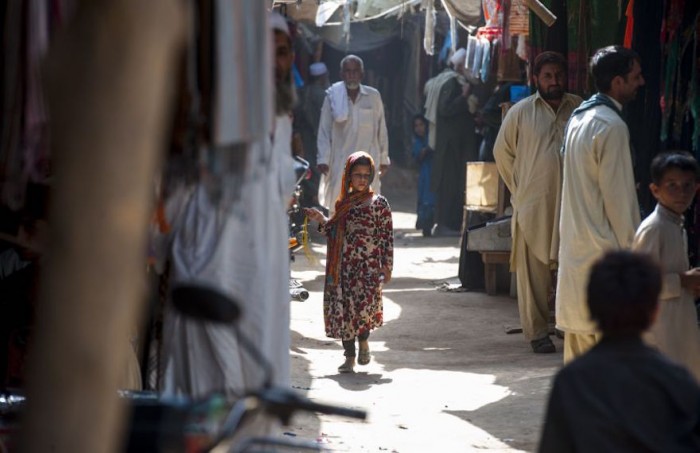
This week the migrant crisis has changed continents. Some Cubans are moving north to the United States. According to the US border control, the numbers of Cubans arriving at the borders have doubled from last year. Whether these statistics are accurate or not the notion that people are moving, fleeing, leaving is what matters. There is evidence that this plight is not going away, and that it might just be spreading in directions we are yet to anticipate.
The other change in the migrant crisis comes after the brutal attacks that happened in Paris just over two weeks ago – borders that may have been fluid before are now being scrutinised more carefully. Some say rightfully so, others are suspect of the increase in Islamophobia.
Jonathan Freemantle, an artist based in Cape Town, weighs in on the situation:
“I think the question is often put before a singular politicised group of problem solvers (i.e. government/NGOs et al) via pressure from the media and public. This creates a kind of stereotypical response, which usually is filtered through the notion of the migrants being a problem”, says Freemantle.
He thinks the attitude to migrants, in general, is similar to the attitude to society’s excluded – vagrants and undesirables. “They look grubby, they whiff of a place that is troublesome and 'other' so we do our best to keep them out or neatly corralled in migrant camps which are more like ghettos and then fear them ever getting out and infiltrating the mainstream - it's despicable really”, says Freemantle. He feels that it’s particularly despicable given that he feels that we are all migrants and all citizens of a singular world.
Freemantle believes that the collective and key areas for the art, design, film, music and fashion industries to affect are that of perceptions. “This might sound romantic but nevertheless, if we are to change anything in a more complete way and not just plug the dyke we need to change our attitude to migrants”, says Freemantle. He thinks that we need to recognise that we are all migrants of some kind and view ourselves as “other” - which he thinks could bring a kind of humanity.
Freemantle tells the story of a project where an environment was created that fostered an attitude change, as well as a revolution in dealing with a complex, emotionally, charged issue: “Maggie's Centres are a network of drop-in centres in Great Britain, which aim to help anyone who has been affected by cancer. They are not intended as a replacement for conventional cancer therapy, but as a caring environment that can provide support, information and practical advice. They are located near, but are separate from, existing NHS hospitals.
The Charity that promotes, builds and runs the centres is formally named the Maggie Keswick Jencks Cancer Caring Trust but refers to itself simply as Maggie's. It was founded by and named after the late Maggie Keswick Jencks, who died of cancer in 1995. Like her husband, architectural writer and critic Charles Jencks, she believed in the ability of buildings to uplift people. In fact, the buildings that house the centres have been designed by leading architects; including Frank Gehry, Zaha Hadid and Richard Rogers.
Maggie Keswick Jencks lived with advanced cancer for two years. During that time she used her knowledge and experience to create a blueprint for a new type of care. Maggie’s Centres are built around her belief that people should not “lose the joy of living in the fear of dying”. So each building is different and designers, both building and landscaped garden, by prominent, brilliant architects and designers. The result is that the people who benefit from the buildings (all are welcome, especially the families of the cancer patients who primarily use the centres) feel that they are being treated as the most important, highest kind of human citizen. There is an attitude that permeates both the design process and the staffing and use of the spaces that leads to a general sense of wellbeing and an expulsion of the stigma associated with having cancer. The Centres are integrated into the core of the hospitals, not separate, and act as a true refuge and place of wellbeing”.
Freemantle feels a similar response is needed here: “I think the crisis brings out the potential for a great human response. We are at our best when we have nothing or when we realise that what we have is not ours, but part of a greater collective and is there to be shared”.
Philosopher Alain De Botton speaks beautifully on the complex relationship with beauty and the spaces we inhabit in his brilliant book/essay, “The Architecture of Happiness”: “It is perhaps when our lives are at their most problematic that we are likely to be most receptive to beautiful things”.
“We need a home in the psychological sense as much as we need one in the physical: to compensate for a vulnerability. We need a refuge to shore up our states of mind because so much of the world is opposed to our allegiances. We need our rooms to align us to desirable versions of ourselves and to keep alive the important, evanescent sides of us.”
To Freemantle, the second quote is apposite: “Think of all the wonderful skill and insight that these 'migrants' possess. Many are highly qualified. Add to this the intense need for us to climb down from our ivory towers to 'help' them and rather create spaces, both physical (in the same vein as Maggie's), events and symposiums where we can meet as one”.
Ultimately a change in attitude is the key here. An understanding that, at the moment of crisis, the greatest potential for change and growth is of course always possible.






